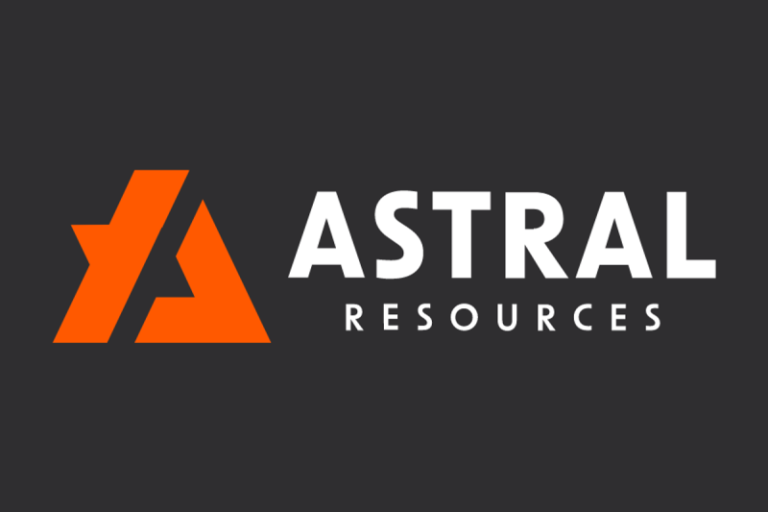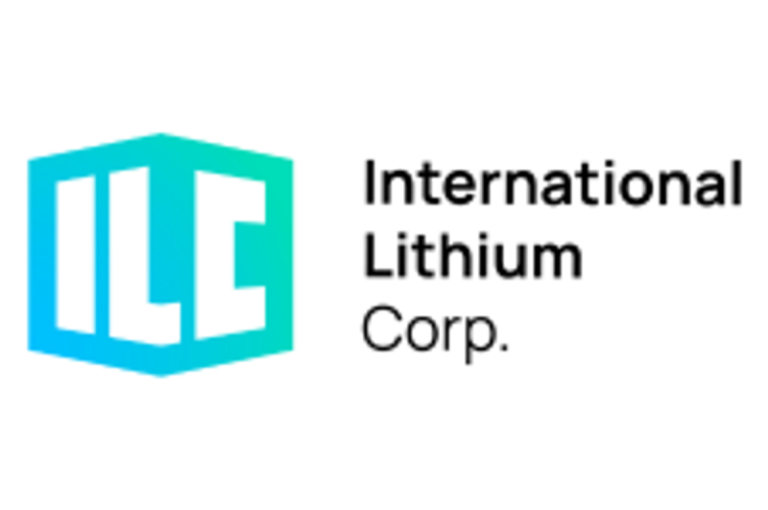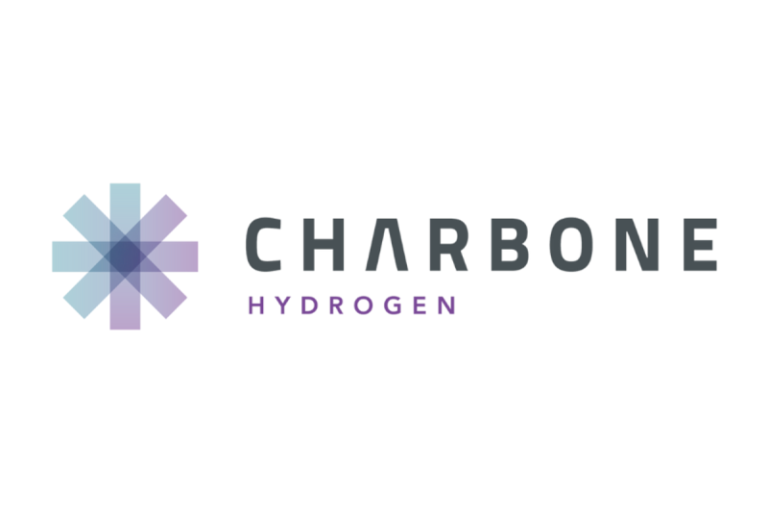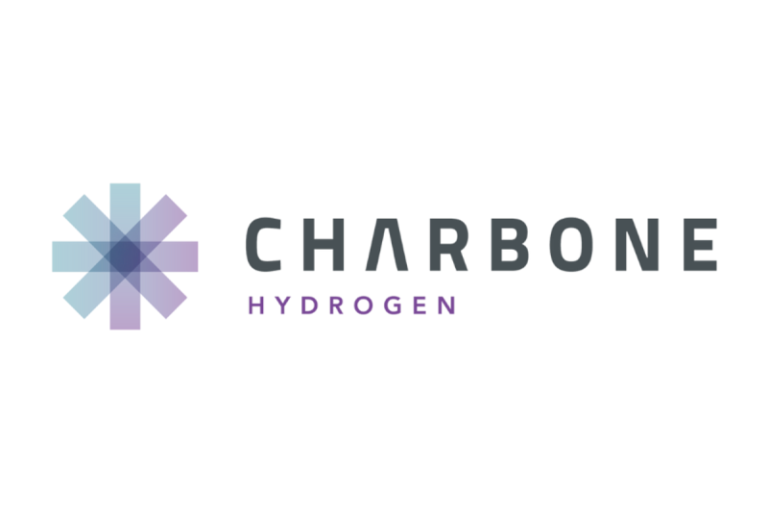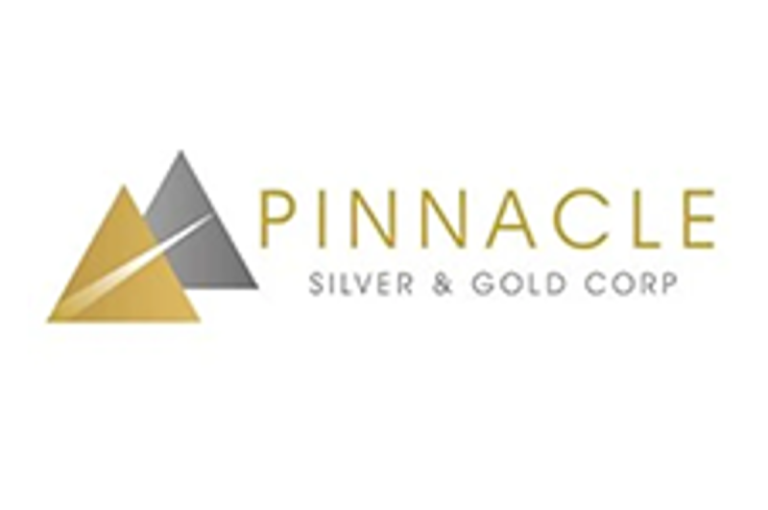International Lithium Corp. (TSXV: ILC,OTC:ILHMF) (OTCQB: ILHMF) (FSE: IAH) (the ‘Company’ or ‘ILC’) is pleased to announce, further to its announcement on September 09, 2025, that on October 24, 2025 Lepidico met all the drawdown conditions for completion of its secured loan from ILC and that this has now been increased to the full amount of CAD$ 510,000. Of this loan amount CAD$420,000 earns interest at the rate of 10% p.a.
There were various conditions for the drawdown of the remaining loan, including a key condition now met that, by full drawdown, there would be no debt owed by Lepidico Mauritius or its subsidiaries to its ultimate Australian parent, Lepidico Ltd., which is in liquidation.
ILC now holds without any conditions an option from Lepidico (Canada) Inc. (‘Lepidico Canada’) to buy 100% of the shares of Lepidico (Mauritius) Ltd. (‘Lepidico Mauritius’) on a debt-free basis for consideration of CAD$975,000 plus certain payments in the future that are contingent on and linked to various possible receipts by Lepidico Canada. Lepidico Mauritius in turn owns 80% of Lepidico Chemicals Namibia (Pty) Ltd. (‘Lepidico Namibia’), which owns the Karibib Lithium, Rubidium and Cesium project in Namibia. The actual net amount payable by ILC on option exercise will be the difference between CAD$975,000 payable by ILC for the option exercise and the repayment to ILC of loan principal of CAD$510,000 plus interest accrued to the date of option exercise. The option has been granted until the later of November 30, 2025, and 30 days after the arbitration outcome is known (see below).
It is important to reiterate that there is a possibility that the option may not be exercised, especially if Lepidico Namibia encounters an adverse outcome in an arbitration dispute with the Chinese company Jiangxi Jinhui Lithium Co. Ltd., which involves claims and counterclaims. This arbitration in Singapore is now expected to conclude at any time from now until the end of 2025. Conversely, if the arbitration is resolved positively, ILC and Lepidico Canada have agreed that 30% of the net proceeds after legal and other costs will be retained by the part of the Lepidico group that ILC would be acquiring, with the remaining 70% paid to Lepidico Canada. The deal structure reflects ILC’s reluctance to assume the risk of a negative arbitration award arising from events that occurred seven years ago.
Assuming the transaction goes ahead with ILC exercising its option, the Company would leapfrog, by several years, the development stage of other projects it is interested in, including those in Zimbabwe and:
- have one of the largest rubidium resources in Africa and (per our own research and also using Grok) the largest disclosed rubidium resource in Africa, as well as one of the most extensive rubidium resources in North America through ILC’s existing Raleigh Lake project in Ontario;
- be well-positioned for an upswing in the lithium market; and
- strengthen its stance as one of the leading global players in the rubidium market and a company with some of the most significant cesium interests of any non-Chinese company.
Lepidico’s ownership of Karibib resulted from its 2019 acquisition of TSXV-listed Desert Lion Energy in exchange for shares and other securities valued at that time at AUD$ 22.9 million (approximately CAD$20.7 million). Since acquiring the company in 2019, Lepidico has invested a further AUD$ 12.1 million (approximately CAD$ 10.9 million) in the Karibib project, excluding central group overheads, with a significant portion directed towards drilling, an environmental study and subsequently a Definitive Feasibility Study and a further Resource Estimate both under JORC standards.
The Karibib Project comprises two areas near Karibib, Namibia, with fully permitted mining licences known as Rubicon and Helikon (also in various reports spelled Helicon), along with an Exclusive Prospecting Licence EPL5439 for an adjacent area. Fuller details are as set out in our news release of September 9, 2025.
It is believed, based on published data, that as well as its significant lithium resource, the Karibib project contains the largest (or one of the two largest) rubidium resources of any project in Africa (the others being in Zimbabwe and Zambia). At the same time, the amount of cesium is smaller but nevertheless equal to about one year of global demand. For cesium Sinomine has historically been the largest producer in Africa, and has recently restarted cesium production at its Bikita project in Zimbabwe by extracting pollucite from petalite tailings. Sinomine is also known to have rubidium from the lepidolite at Bikita, but we are not aware of any resource estimate.
If the option is exercised, ILC would, subject to confirming the resource as its own resource (and not a historical resource as it is presently treating it) have the largest known or at least the largest disclosed rubidium resource in Africa. The Company also has extensive rubidium resources in North America through its Raleigh Lake project in Ontario. Please refer to the Company’s ‘The Raleigh Lake Project – NI 43-101 Technical Report PEA’ dated January 18, 2024 by ERM Consultants Canada Ltd. and the seven named QPs in the report.
John Wisbey, Chairman of ILC, stated: ‘This potential acquisition marks a significant advancement for ILC globally – particularly in Southern Africa. With this single transaction for a project that reached the Definitive Feasibility Study stage under JORC in 2020 and was upgraded in 2022, the Company would leapfrog, by several years, the development stage of other projects we are interested in, including those in Zimbabwe.’
‘Assuming the transaction goes ahead with ILC exercising its option, ILC will be well-positioned for an upswing in the lithium market, as well as strengthening its stance as one of the leading global players in the rubidium market and a company with some of the most significant cesium interests of any non-Chinese company.’
About International Lithium Corp.
International Lithium Corp. is a Critical Minerals exploration company with exploration activities in Ontario, Canada, with intentions to expand into Southern Africa. It has projects at various stages, ranging from Definitive Feasibility Study at Rubicon in Namibia (note that ILC currently has an option only and is treating this as historic information at this point and not a current resource for ILC) to Preliminary Economic Assessment at Raleigh Lake (as noted above) to Pre-Drilling at Wolf Ridge. The primary target metals in Canada are lithium, rubidium and copper. There are three projects (two in Ontario and one in Ireland) in which ILC has sold its share but where we stand to receive future payments from either a resource milestone being achieved or from a Net Smelter Royalty. In Namibia the Karibib project contains lithium, rubidium and cesium.
While the world’s politicians are currently divided on the future of the energy market’s historic dependence on oil and gas and on ‘Net Zero’, there is in any scenario an ever increasing and significant demand for electricity driven by AI and data centres, and by a likely unstoppable momentum towards electric vehicles and grid-scale electricity storage. All these contribute to rising demand for lithium and copper as well as other metals. Rubidium is also a valuable critical metal that is strategic for high-precision clocks and for space technology. We have seen the politically driven and increasingly urgent wish by the USA, Canada, EU and other major economies to safeguard their supplies of critical metals and to become more self-sufficient. Our Canadian and Southern African projects, which contain lithium, rubidium, cesium and copper, are strategic in that respect.
Our key mission for the next decade is to generate revenue for our shareholders from lithium and other battery metals, as well as rare metals, while also contributing to the creation of a greener, cleaner planet and less polluted cities.
This includes optimizing the value of our existing projects in Canada as well as finding, exploring and developing projects that have the potential to become world-class deposits. We have announced that we regard Southern Africa as a key strategic target market for ILC and, in addition to Namibia, we have applied for and hope to receive EPOs in Zimbabwe. We hope to make further announcements on the portfolio developments over the next few weeks and months.
The Company’s interests in various projects now consist of the following, and in addition, the Company continues to seek other opportunities:
| Name |
Metal |
Location |
Stage |
Area in
Hectares |
Current Ownership Percentage |
Future Ownership % if options exercised and/or residual interest |
Operator or
JV Partner |
Rubicon +
Helikon +
Exclusive Prospecting Licence |
Lithium
Rubidium
Cesium |
Karibib,
Namibia |
2021 : Feasibility Study completed for Li, Rb and Cs |
29,500 |
0 % |
80% |
Lepidico; ILC if option exercised |
| Raleigh Lake |
Lithium
Rubidium |
Ontario |
Dec 2023 : PEA for Li completed Apr 2023 Maiden Resource Estimates for Li and Rb |
32,900 |
100% |
100% |
ILC |
| Firesteel |
Copper
Cobalt |
Ontario |
Aeromagnetics and Drilling started mid 2024 |
6,600 |
90% |
90% |
ILC |
| Wolf Ridge |
Lithium |
Ontario |
Pre-Drilling |
5,700 |
0% |
100% |
ILC |
| Mavis Lake |
Lithium |
Ontario |
May 2023
Maiden Resource Estimate |
2,600 |
0% |
0%
(carries an extra earn-in payment of AUD$ 0.75 million if resource targets met) |
Critical Resources Limited |
| Avalonia |
Lithium |
Ireland |
Drilling |
29,200 |
0% |
0%
2.0% Net Smelter Royalty |
GFL Intl Co Ltd. (owned by Ganfeng Lithium Group Co. Ltd) |
Forgan/
Lucky Lakes |
Lithium |
Ontario |
Drilling |
|
0% |
0%
1.5% Net Smelter Royalty |
Power Minerals Limited |
The Company’s primary strategic focus at this point is on the Raleigh Lake Project, comprising lithium and rubidium, and the Firesteel copper project in Canada, as well as obtaining EPOs and mineral claims in Zimbabwe. The Karibib projects in Namibia, including further development on the EPL there, will become a high focus if ILC exercises its option there.
The Raleigh Lake Project now encompasses 32,900 hectares (329 square kilometres) of mineral claims in Ontario and represents ILC’s most significant project in Canada. To date, drilling has occurred on less than 1,000 hectares of our claims. A Preliminary Economic Assessment was published for ILC’s lithium at Raleigh Lake in December 2023, with a detailed economic analysis of ILC’s separate rubidium resource still pending. Raleigh Lake is 100% owned by ILC, free from any encumbrances and royalties. The Raleigh Lake Project boasts excellent access to roads, rail, and utilities.
A continuing goal has been to remain a well-funded company to turn our aspirations into reality. Following the disposal of the Mariana project in Argentina in 2021, the Mavis Lake project in Canada in 2022, and the Avalonia project in 2025, ILC continues to achieve sufficient inward cash flow to be able to make progress with its exploration projects.
With the increasing demand for high-tech rechargeable batteries used in electric vehicles, electrical storage, and portable electronics, lithium has been designated ‘the new oil’ and is a key part of a green energy, sustainable economy. By positioning itself with projects that have significant resource potential and solid strategic partners, ILC aims to be one of the preferred lithium and rare metals resource developers for investors and to continue building value for its shareholders for the rest of the 2020s, the decade of battery metals.
On behalf of the Company,
John Wisbey
Chairman and CEO
www.internationallithium.ca
For further information concerning this news release, please contact +1 604-449-6520 or info@internationallithium.ca or ILC@yellowjerseypr.com.
Neither TSX Venture Exchange nor its Regulation Services Provider (as that term is defined in the policies of the TSX Venture Exchange) accepts responsibility for the adequacy or accuracy of this release.
Cautionary Statement Regarding Forward-Looking Information
Except for statements of historical fact, this news release or other releases contain certain ‘forward-looking information’ within the meaning of applicable securities law. Forward-looking information or forward-looking statements in this or other news releases may include: the timing of completion of any offering and the amount to be raised, the likelihood or otherwise of the Company exercising its option on Lepidico Mauritius, the outcome of arbitration involving Lepidico Namibia, the effect of results of anticipated production rates, the timing and/or anticipated results of drilling on the Karibib or Raleigh Lake or Firesteel or Wolf Ridge projects, the expectation of resource estimates, preliminary economic assessments, feasibility studies, lithium or rubidium or copper recoveries, modeling of capital and operating costs, results of studies utilizing various technologies at the company’s projects, the Company’s budgeted expenditures, future plans for expansion in Southern Africa and planned exploration work on its projects, increased value of shareholder investments in the Company, the potential from the Company’s third party earn-out or royalty arrangements, the future demand for lithium, rubidium, cesium and copper, and assumptions about ethical behaviour by our joint venture partners or third party operators of projects or royalty partners. Such forward-looking information is based on assumptions and subject to a variety of risks and uncertainties, including but not limited to those discussed in the sections entitled ‘Risks’ and ‘Forward-Looking Statements’ in the interim and annual Management’s Discussion and Analysis which are available at www.sedarplus.ca. While management believes that the assumptions made are reasonable, there can be no assurance that forward-looking statements will prove to be accurate. Should one or more of the risks, uncertainties or other factors materialize, or should underlying assumptions prove incorrect, actual results may vary materially from those described in forward-looking information. Forward-looking information herein, and all subsequent written and oral forward-looking information are based on expectations, estimates and opinions of management on the dates they are made that, while considered reasonable by the Company as of the time of such statements, are subject to significant business, economic, legislative, and competitive uncertainties and contingencies. These estimates and assumptions may prove to be incorrect and are expressly qualified in their entirety by this cautionary statement. Except as required by law, the Company assumes no obligation to update forward-looking information should circumstances or management’s estimates or opinions change.
To view the source version of this press release, please visit https://www.newsfilecorp.com/release/272194



